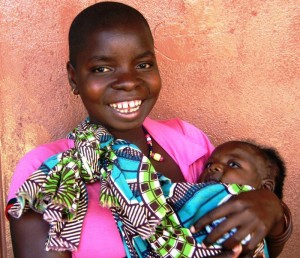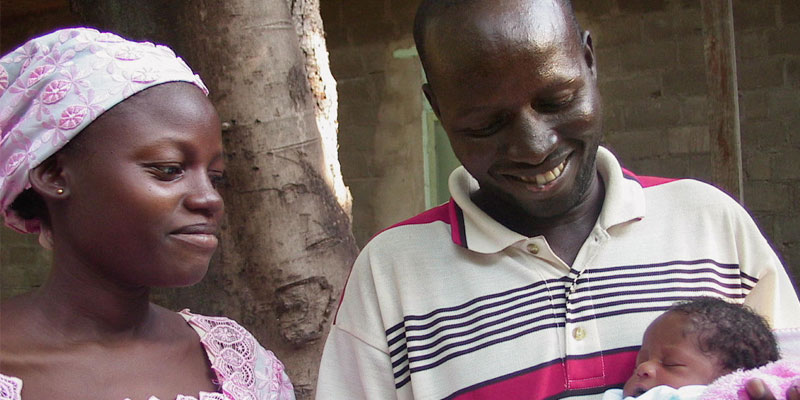This section of the I-Kit provides step-by-step guidance, illustrative communication strategies and additional resources for underutilized commodities in family planning: contraceptive implants, emergency contraception and the female condom.

This section of the I-Kit provides guidance on completing the six steps of a communication strategy for three family planning commodities: contraceptive implants, female condoms, and emergency contraceptive pills.
Illustrative, adaptable content is provided for each step at the bottom of the page. By clicking on the links, you can view these examples by step either as a preview (which does not require download) or download in MS Word or PDF. A full version of each commodity strategy is also available under “core resources” in the right sidebar. The full strategy includes both guidance and illustrative content for the entire strategy.
The six steps are:
Step 1: Analyze the situation
Step 2: Define a vision
Step 3: Choose the target audiences
Step 4: Select key messages
Step 5: Determine activities and interventions
Step 6: Plan for monitoring and evaluation
In each step, further guidance and resources can be found in the right side bar. "Core resources" include suggested cross-cutting tools developed specifically to support demand generation programs for the life-saving RMNCH commodities. "Additional resources" include further tools and materials specific to that step. Examples of project materials from around the world can also be found under "Step 5: Determine activities and interventions".
Every country and context is different, and the content of your demand generation plan should be based on research and data from your local context. The adaptable content is offered as examples, and is not designed as a “one-size-fits-all” model.
By working through the six steps, using the illustrative examples as a foundation, users will develop commodity-specific messaging and activities, tailored to the country context, which can be integrated into existing communication strategies and interventions for RMNCH.


